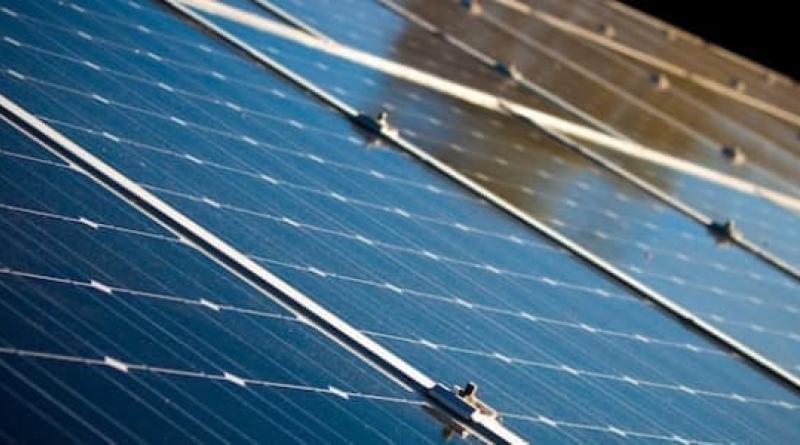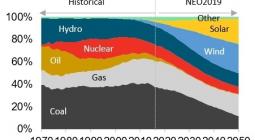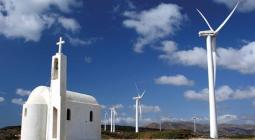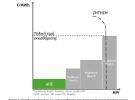Renewables To Provide Half Of The World’s Electricity By 2050.

Renewable energy sources including hydropower are set to account for 49 percent of the world’s electricity generation by 2050, up from 28 percent in 2018, the U.S. Energy Information Administration (EIA) said on Wednesday.
Last year, as much as 96 percent of the 28-percent share of renewables in global electricity generation came from hydropower, wind, and solar energy, the EIA says in its International Energy Outlook 2019 (IEO2019).
The share of solar power in electricity generation will grow at the fastest pace through 2050, while the share of hydropower will rise at the slowest rate, according to the IEO2019.
“As more solar power systems have been installed, installation costs have experienced the steepest cost declines of all renewable technologies in recent years, and EIA expects that they will continue to decline as a result of learning-by-doing effects,” EIA said.
The key drivers of the solar power generation will be resource availability, renewable policies, regional load growth, and continuously falling technology costs, the outlook says.
China will lead the solar power generation growth, but India, the developed European economies, and the United States will also see significant growth in solar electricity generation. Wind power also has significant growth potential, although costs there haven’t dropped as steeply as in solar technologies, the EIA said.
According to the IEO2019, the world’s energy consumption is set to increase by almost 50 percent until 2050, driven by developing countries in Asia.
Despite the exponential rise in renewables, consumption for all other primary energy sources will also increase through 2050, according to the Reference Case of EIA’s IEO2019 report, which assumes US$100 a barrel price for Brent Crude in 2050 in 2018 dollars.
“Although renewable energy is the world’s fastest growing form of energy, fossil fuels to continue to meet much of the world’s energy demand,” the EIA said, noting in its Reference Case analyses and infographics that peak oil demand won’t happen before 2050, unlike many other forecasts that put the ‘peak oil’ date at some point around the middle of the 2030s.
2 October 2019
OILPRICE.COM





